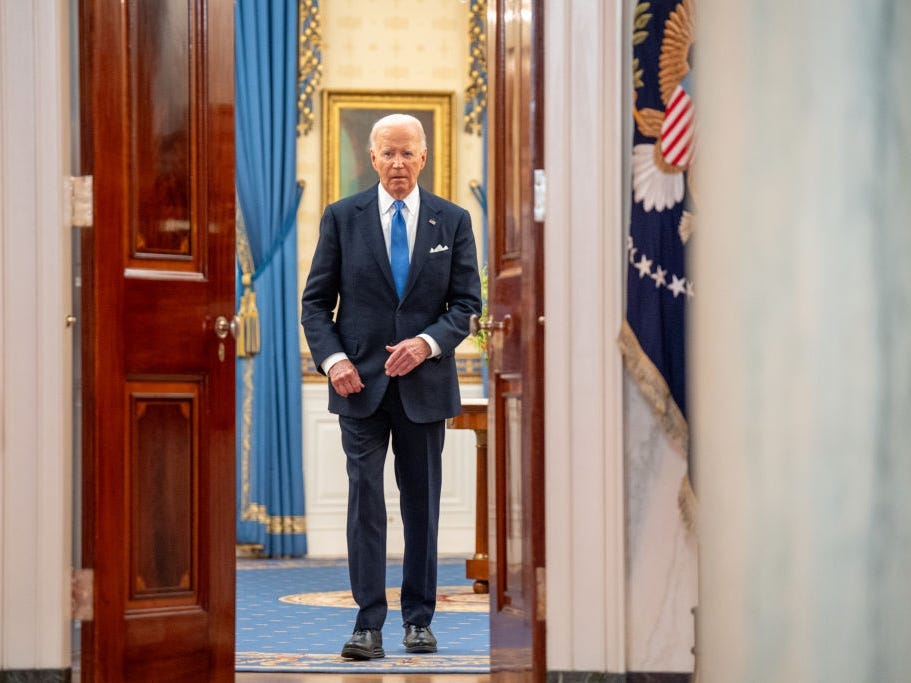By Laura Matthews and Carolina Mandl
NEW YORK (Reuters) – U.S. trading will move to a shorter settlement on Tuesday, which regulators hope will reduce risk and improve efficiency in the world’s largest markets but is expected to temporarily increase trade failures for investors .
To comply with a rule change the U.S. Securities and Exchange Commission (SEC) adopted last February, investors in U.S. stocks, corporate and municipal bonds and other securities must settle their trades one business day after the trade instead of two starting May 28 . Mexico and Argentina accelerated their market transactions a day earlier, to one day on Monday. Britain is expected to follow suit in 2027, and Europe is considering the change.
Regulators sought the new standard, commonly called T+1, after 2021’s trading frenzy surrounding the “meme stock” GameStop highlighted the need to reduce counterparty risk and improve capital efficiency and liquidity in securities transactions.
“Shortening the settlement cycle will help markets because time is money and time is risk,” SEC Chairman Gary Gensler said in a statement, adding that it will make market infrastructure more resilient.
However, this comes with risks because companies have less time to line up dollars to purchase stock, retrieve loaned stock, or correct transaction errors, which could increase the risk of settlement failures and increase transaction costs .
Trades fail when a buyer or seller fails to fulfill their trading obligation on the settlement date, which can result in losses, penalties and reputational damage.
“Hopefully we will start to see the benefit that we expect to see, which is the reduction in risk, a reduction in margin or collateral, and we hope that happens without serious impact on settlement rates,” said RJ Rondini, director of securities operations at the Investment Company Institute.
Settlement is the process of transferring securities or funds from one party to another after a transaction has been agreed. It takes place after clearing and is handled by the Depository Trust Company (DTC), a subsidiary of the Depository Trust and Clearing Corporation.
The US will follow India and China, where a faster settlement has already been reached.
WEEKEND CALLS
Market participants, such as banks, custodians, asset managers and regulators, worked over the weekend to ensure a smooth transition, the Securities Industry and Financial Markets Association (Sifma) said last week. A virtual command center has been created with more than 1,000 participants who will participate in calls to discuss the transition.
Wednesday will see another major test for the market as trades executed both on Friday, when T+2 was still in effect, and on Tuesday, the first day of T+1, will be settled, leading to an expected increase in the price. volume.
More trading failures are initially expected, even as DTCC and market participants have been conducting a series of tests for months. An increase in bankruptcies was observed in 2017, when the US moved the settlement period from three days to two days.
“It is completely normal that we will see a small change in settlement rates… but we expect settlement rates to return to normal soon,” Rondini said.
On average, market participants expect the failure rate after T+1 implementation to increase from 2.9% now to 4.1%, according to a study by research firm ValueExchange. Sifma expects the increase in failures to be minimal and the SEC said there could be a near-term rebound.
Brian Steele, president of clearing and securities services at DTCC, said more than 90% of the industry has participated in the process since testing began in August 2023. There is still “a deep level of muscle memory” of the switch from the industry to T+2 in 2017, he said.
RISK REWARD
Trade bodies say the shift will limit systemic risk because it reduces counterparty exposure, improves liquidity and lowers margin and collateral requirements.
Still, some market participants are concerned that the change could transfer risks to other parts of the capital markets, such as trade-related foreign exchanges to finance transactions and securities lending.
Foreign investors, who own nearly $27 trillion in U.S. stocks and bonds, must buy dollars to trade these assets. Previously, they had a whole day to obtain the currency.
Natsumi Matsuba, head of FX trading and portfolio management at Russell Investments, said the firm used small trades weeks before implementation to test after-hours market liquidity during times when it is known to be scarce to see how many bank counterparties are changing trading hours extended the weekend. .
Market participants may need to rely on overnight funding markets to bridge liquidity gaps caused by different asset settlement timings, which could be costly as short-term funding rates exceed 5%.
Gerard Walsh, head of Northern Trust’s Global Capital Markets Client Solutions group, says managers need to be aware of the potential range of solutions available.
“I don’t think any of this will materialize in the first week,” Walsh said.
(Reporting by Laura Matthews and Carolina Mandl; additional reporting by Davide Barbuscia; Editing by Megan Davies and Deepa Babington)







